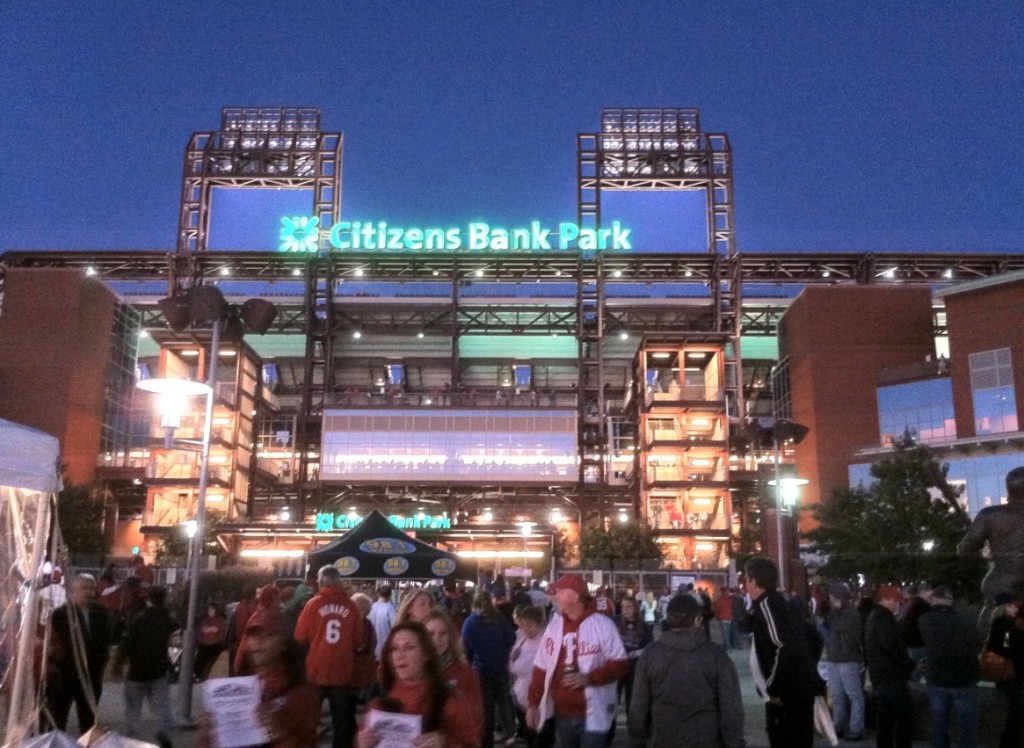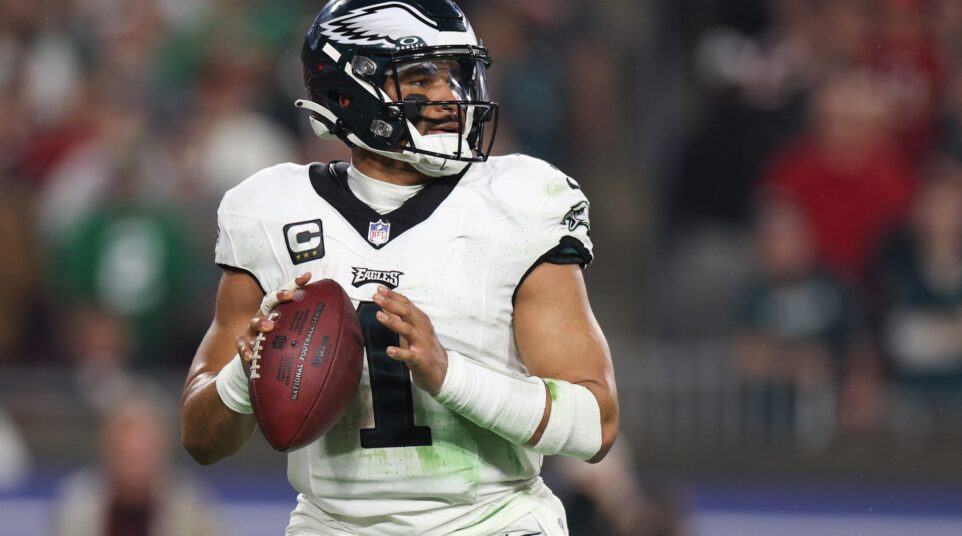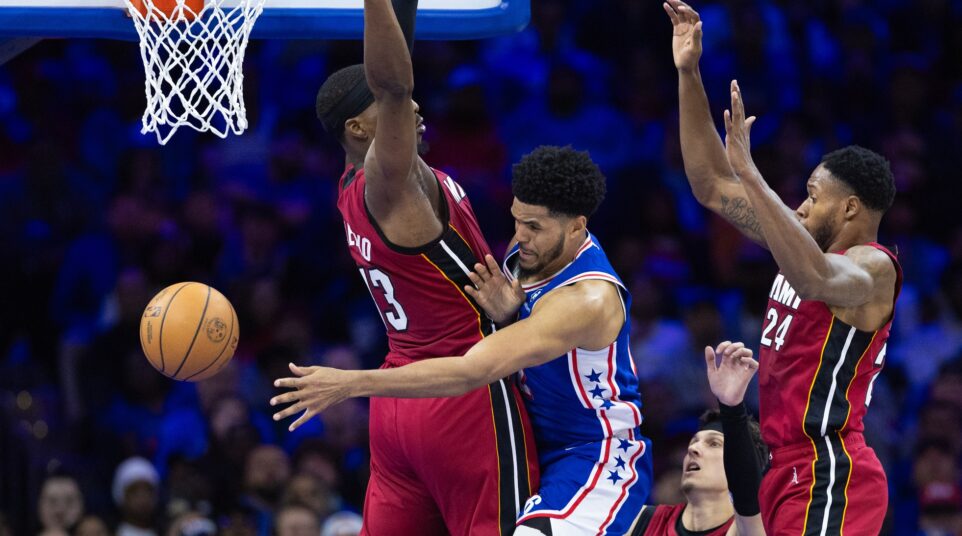More Evidence That the Phillies' New TV Contract is Disappointing

There are several reasons for this.
1) The Phils’ deal averages $100 million per year. But even conservative estimates had been closer to $200 million. So there’s that. It’s less than many people thought.
2) The Phils are reported to have a 25% equity stake in CSN and an advertising revenue share as part of the deal. This offsets the relatively lower rights fee, but other teams, who get higher rights fees, often have a stake, too. The equity stake means the Phillies will shoulder some of the unknown burden should cable customers flock away from traditional, bundled cable packages. That’s good for Comcast, bad for the Phillies.
3) The Phils don’t start off getting $100 million per year. There figure will start lower and gradually increase. There are two theories as to why– one is an educated guess, and another comes from a reporter who just likes to hear himself write.
Sports Business Daily reports that the Phillies will see a 3%-4% increase, annually, in their rights fee, also called an escalator clause. Sports TV writer Dave Warner says that’s because Comcast wants you to pay for the deal. In a post on Awful Announcing, he used SBD’s escalator clause to extrapolate the per year payments to the Phillies – starting at $64 million in 2016 and ending at $146 million in 2040 – and claims that the money will by slowly baked into your cable bill (via a carriage fee for CSN, which every cable subscriber pays but doesn’t really know about). He compared it to boiling a frog:
In essence, Comcast is getting Philadelphia and its surrounding areas to pay for this deal by boiling a frog. A sudden $2.00/month jump in your cable bill would startle you. A monthly increase of $0.15 or $0.16? Maybe not so much. Little by little, though, the network’s subscriber fee creeps upward, and by the end of the decade, you’ll be paying more than $50/year just to watch the Phillies on TV. By the end of the next decade, that number will be more than $75/year.
Perhaps, though, the more important question is this — with every cable channel asking for these small increases every year, how far can these channels push pay TV subscribers before they decide they’re better off cutting the cord? And if these price hikes increase the rate of cord cutting, where does that leave Comcast and the Phillies? Perhaps CSN Philadelphia has a long way to go before it implodes like CSN Houston, but it’s hard to fathom that this sort of growth can be sustainable over the next 2 1/2 decades.
That’s what I’ve been saying all along. Surely, Philadelphia isn’t Houston, where CSN is having problems paying the Astros, but eventually, and probably sooner rather than later, the cable landscape is going to change, and at what point will people stop paying ridiculous fees for bundled cable packages?
Meanwhile, David Murphy, oh he of ust un highest of cheeses, who likes to hear himself write, explained inflation to readers while making what would now appear to be an inaccurate estimate:
The temptation is to divide $2.5 billion by 25 years and decide that the organization will have $100 million more dollars to spend in 2016. But that’s not the case at all. Because of inflation, the contract is not structured to pay the Phillies $100 million per year. If it was, they’d receive less than $55 million in real dollars in the final year of the deal. While we don’t know exactly how the payments are structured, we can take an educated guess. Our good friend Ben Bernanke recently stated that the Federal Reserve has set a long-term inflation target of between 1.7 and 2.0 percent. That means the Fed is aiming for, or planning on, average annual inflation at that rate. To make things easy, let’s assume that average inflation ends up being 2.0 percent per year between 2016 and 2040. So by the time the Phillies’ new deal even begins, that hypothetical $100 million annual payment will only be worth $96 million in 2013 dollars. But let’s work in 2016 dollars.
From the Phillies’ perspective, the optimal scenario would land them all $2.5 billion in 2016, when it would be worth $2.5 billion in real money, and could then be invested in order to negate the effects of inflation. From Comcast SportsNet’s perspective, the optimal scenario would be to pay all $2.5 billion in 2040, when it would be worth about $1.3 billion in real dollars (again, assuming an average annual inflation rate of 2.0 percent). Let’s assume both sides agreed to get dinged by inflation evenly, spreading out the money so that it pays a steady rate in real dollars over the life of the deal. Such a set-up would make the rights payment to the Phillies in the neighborhood of $78 million for 2016. Over the life of the deal, that would leave the Phillies collecting about $1.9 billion in real dollars.
God, that first paragraph is so douchey. Murph goes on and does a good job of explaining why the Phils’ take-home (and take-to-roster?) pay won’t be as much as you think (skip to the chart).
So, this escalator clause boils down to this: The Phillies aren’t getting as much as you think as soon as you think, and once the figure does rise, inflation will dilute its value. But you’ll still pay proportionally more.
These sports rights fee deals are based on the assumption that networks like ESPN and CSN will continue to flourish because virtually every cable subscriber, whether they watch their channels or not, pays for them. But, at the very least, non sports fans, who are less impacted by the downside of cord cutting, will continue to migrate away from cable, meaning you’ll pay more if you stay on-board. But even then, there’s no guarantee that all sports fans will want to pay those fees. There’s a limit somewhere. Some of the increase will come from inflation and you won’t notice it, but not $75 per year worth. It’s an uncertain future, and as a result, I think, the Phillies got less than many people thought.





